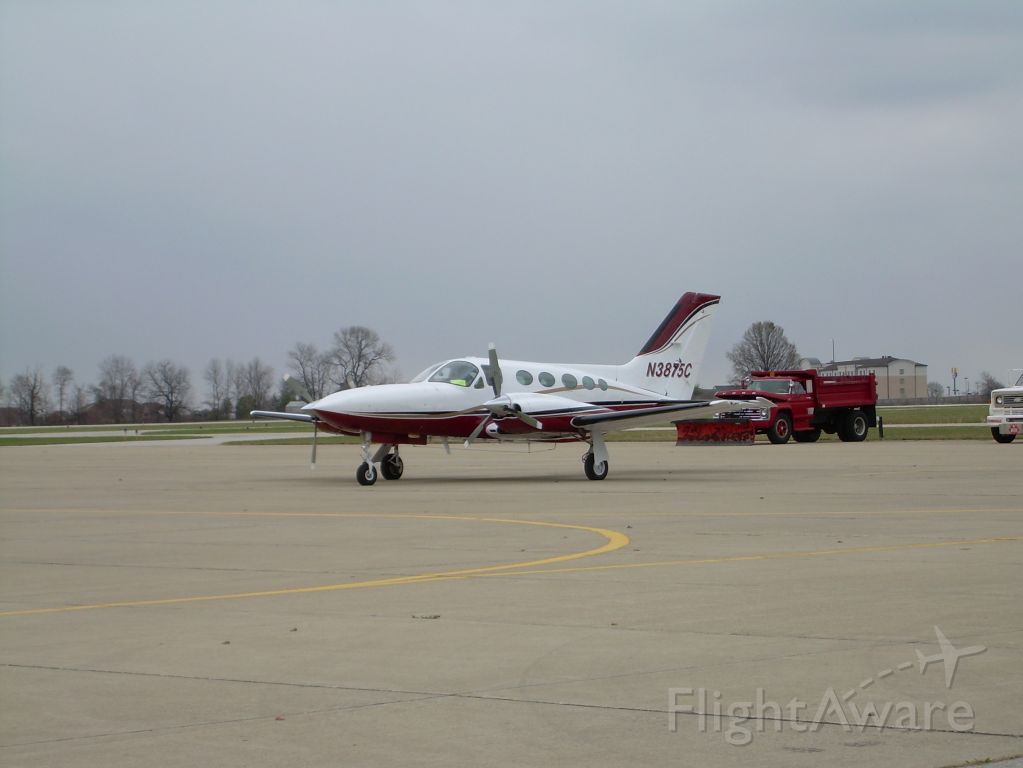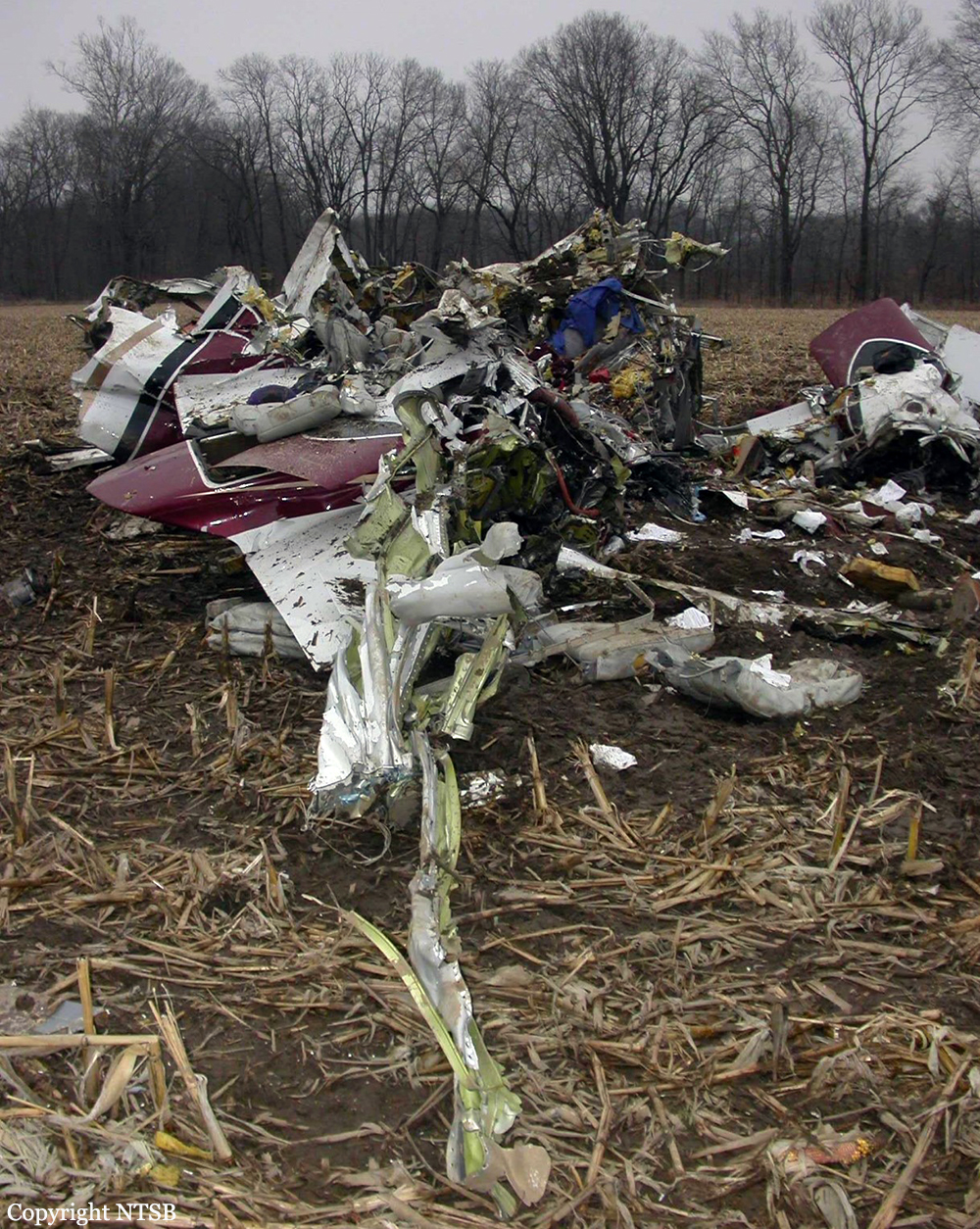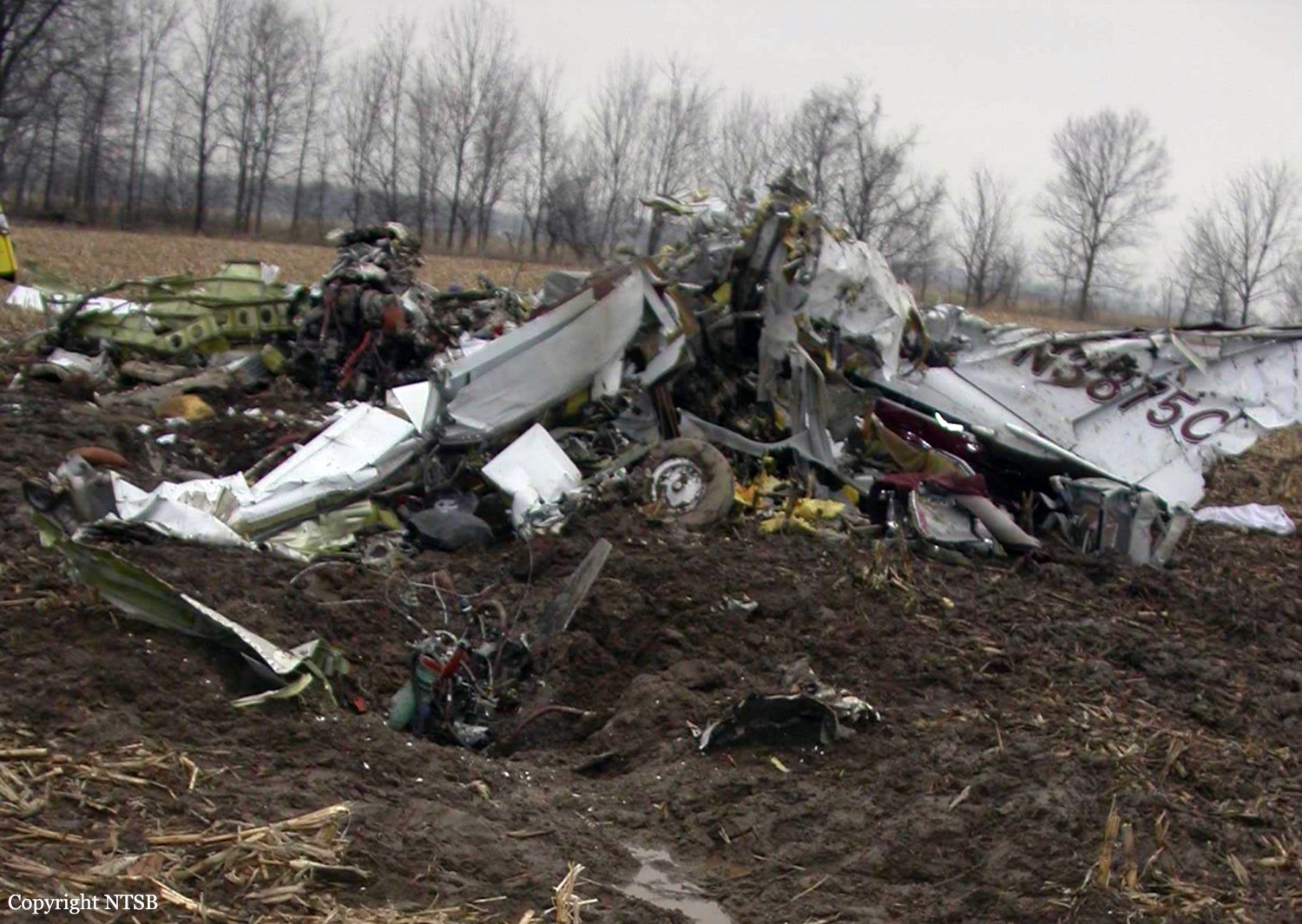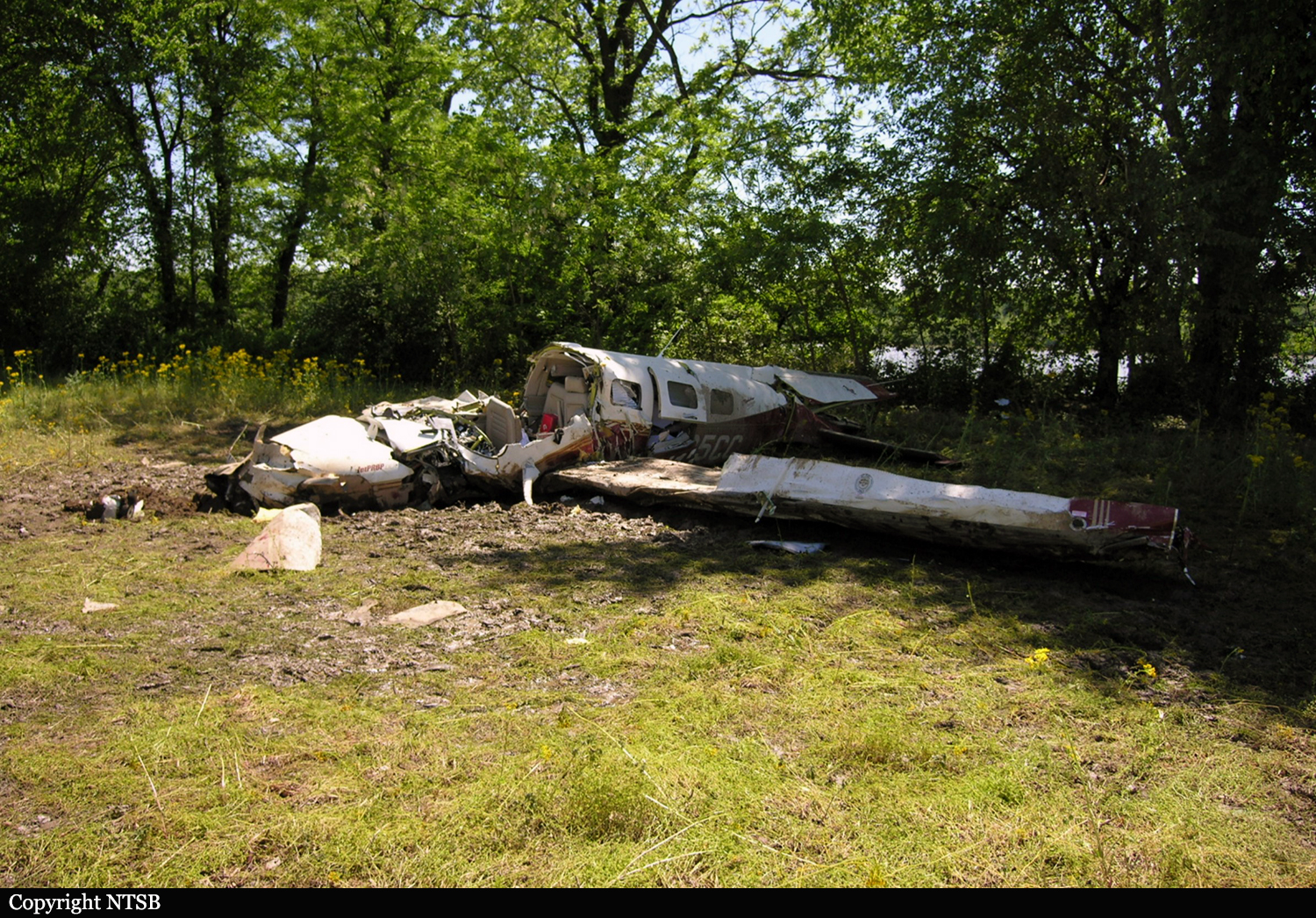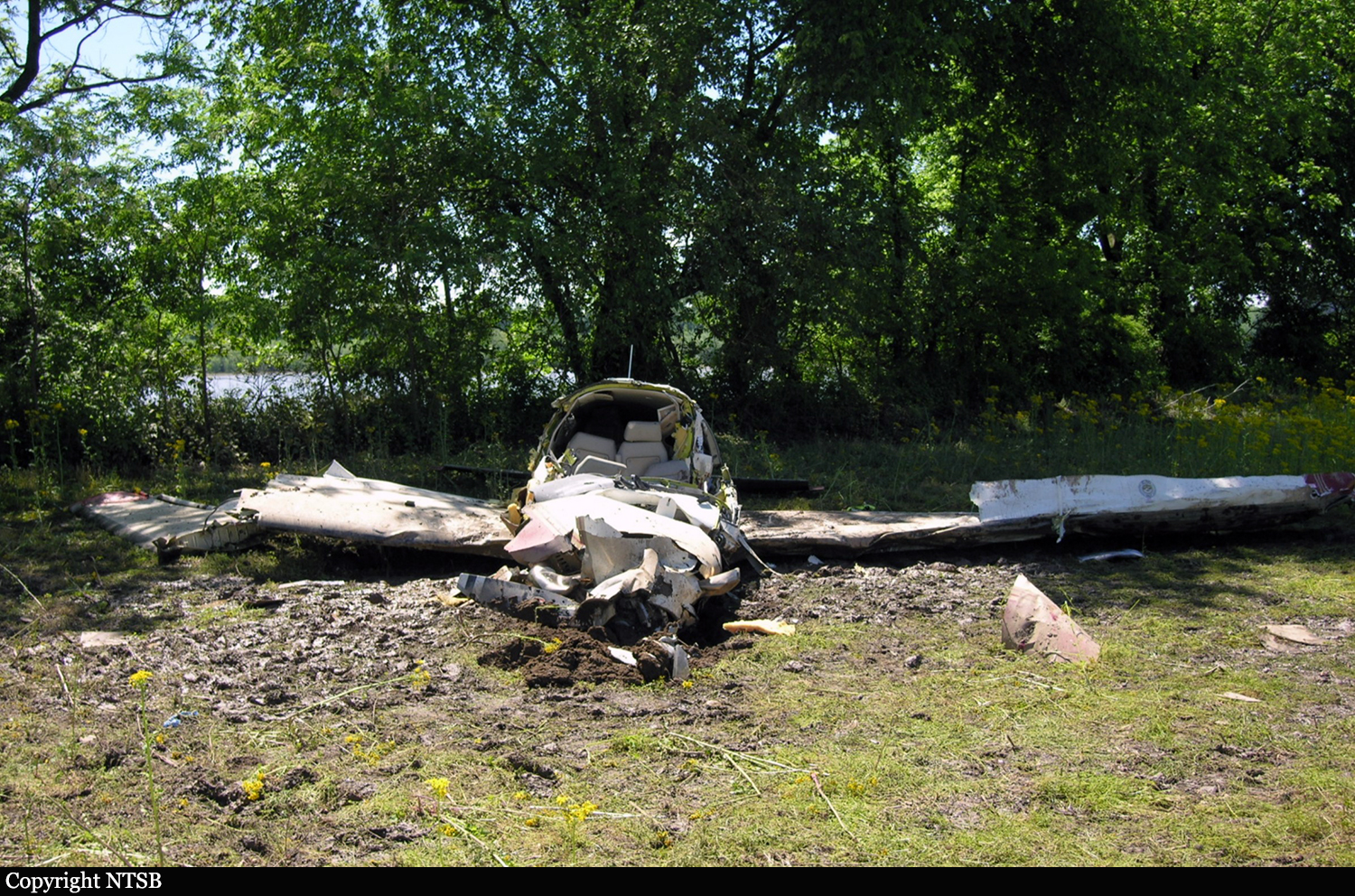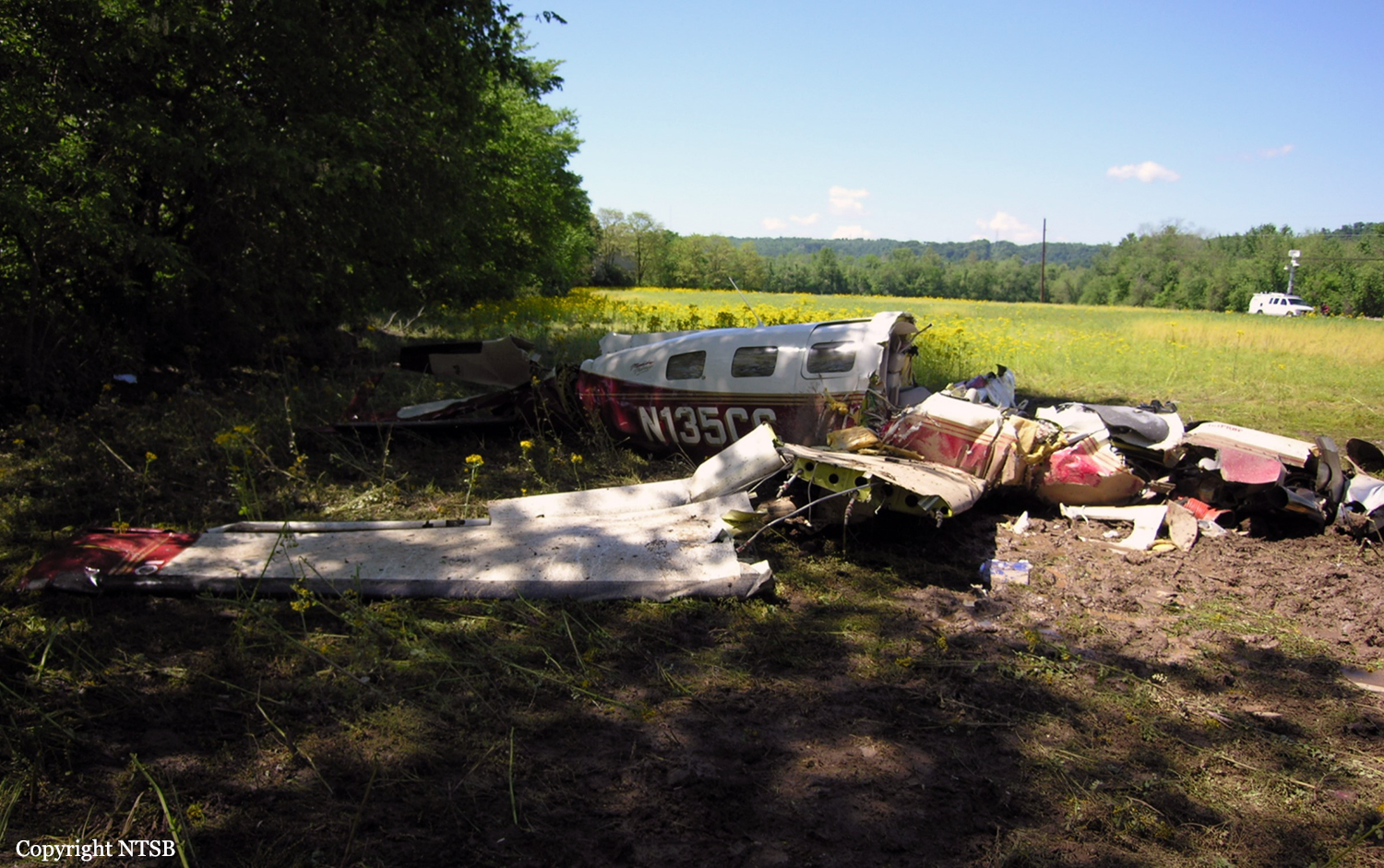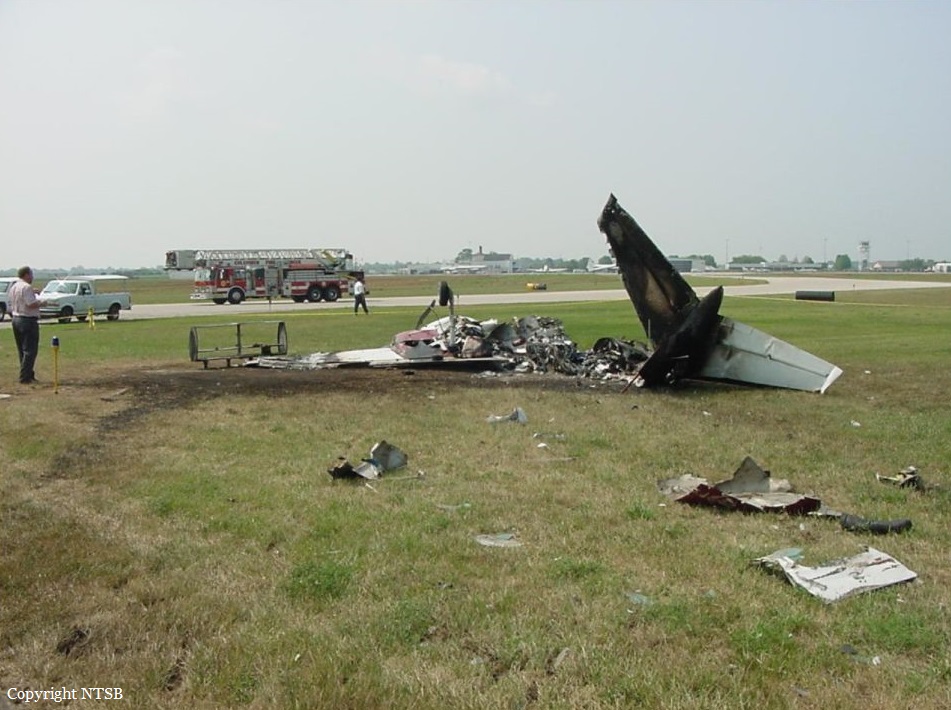Crash of a Cessna 421C Golden III Eagle in Connersville: 1 killed
Date & Time:
Feb 23, 2011 at 2002 LT
Registration:
N3875C
Survivors:
No
Schedule:
Indianapolis - Connersville
MSN:
421C-0127
YOM:
1976
Crew on board:
1
Crew fatalities:
Pax on board:
0
Pax fatalities:
Other fatalities:
Total fatalities:
1
Captain / Total hours on type:
558.00
Aircraft flight hours:
4158
Circumstances:
A witness reported that, despite the darkness, he was able to see the navigation lights on the airplane as it flew over the south end of the airport at an altitude of 150 to 200 feet above the ground. The airplane made a left turn to the downwind leg of the traffic pattern and continued a descending turn until the airplane impacted the ground in a near-vertical attitude. Due to the airplane’s turn, the 10- to 20-knot quartering headwind became a quartering tailwind. The airplane was also turned toward a rural area with very little ground lighting. A postaccident examination of the airplane and engines did not reveal any preimpact anomalies that would have precluded normal operation of the airplane.
Probable cause:
The pilot did not maintain control of the airplane while making a low-altitude turn during dark night conditions.
Final Report:
